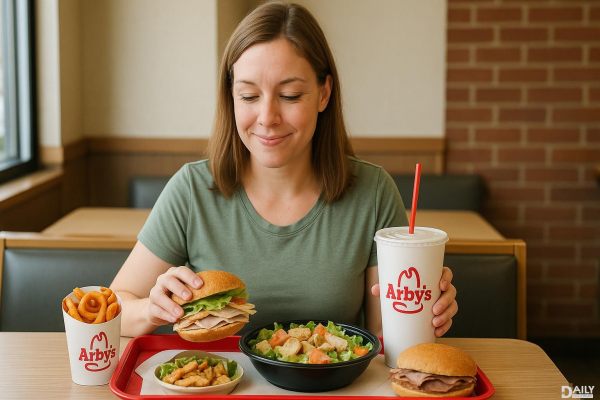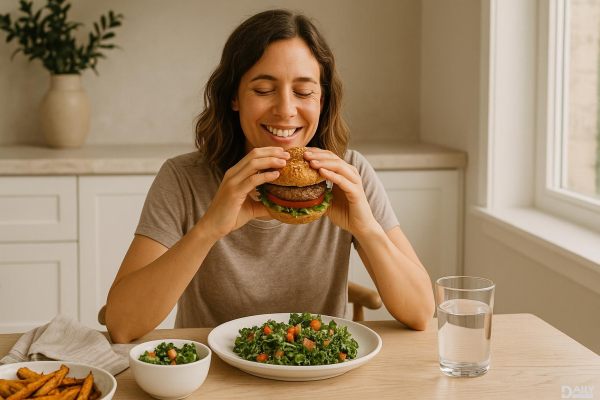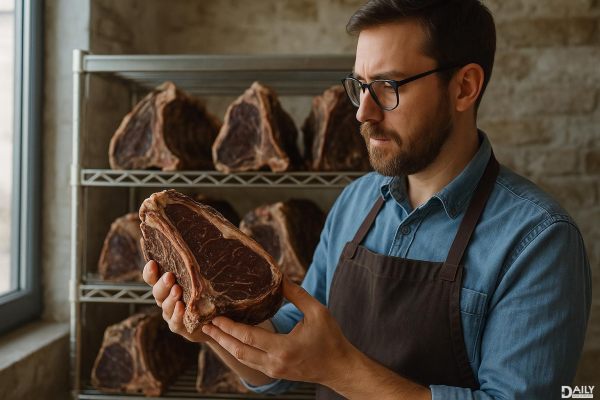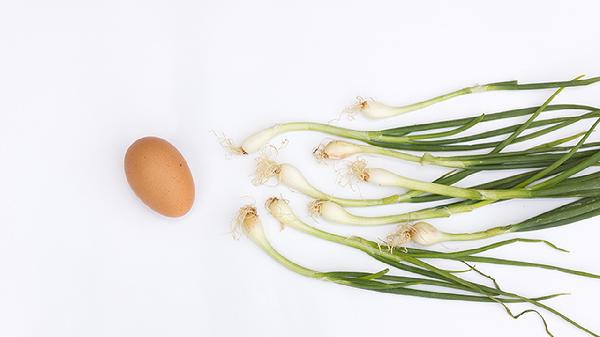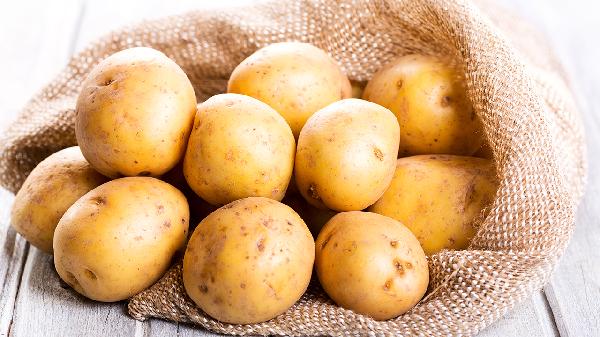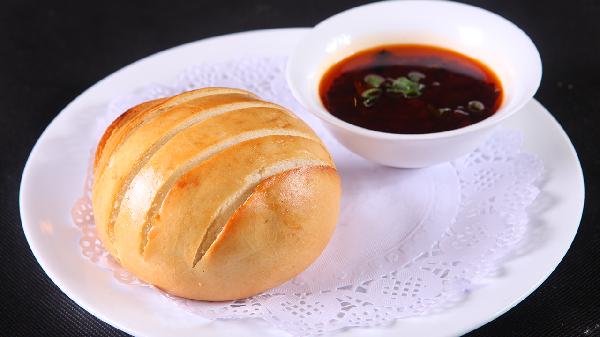Cooking prime rib at 275°F is like hitting the sweet spot between patience and perfection—low and slow is the name of the game here. For a perfectly tender prime rib, you’re looking at roughly 15 to 20 minutes per pound when roasting at this temperature. That means a 5-pound prime rib will take about 1 hour and 15 minutes to 1 hour and 40 minutes, while a hefty 10-pounder could need anywhere from 2.5 to 3.5 hours. But timing isn’t the only factor—internal temperature is your real best friend here. Aim for 120°F to 125°F for rare, 130°F to 135°F for medium-rare, and let it rest (yes, resting is non-negotiable) before slicing into that juicy masterpiece.

Why 275°F? Because prime rib is a diva—it demands gentle heat to break down tough connective tissues without drying out. At higher temps, the outer layers can turn into a leathery shield while the inside plays catch-up. But at 275°F, the heat penetrates evenly, melting collagen into silky gelatin while keeping the fat marbling luxuriously intact. Think of it like a spa day for your roast: low stress, maximum relaxation. This method also gives you a wider window to hit your ideal doneness without accidentally launching into well-done territory.
Before you even think about oven time, your prime rib needs some TLC. Start by letting it sit at room temperature for 2-3 hours—this ensures even cooking. Pat it dry (moisture is the enemy of crust), then slather it with a mix of softened butter, minced garlic, rosemary, and a reckless amount of salt and pepper. For extra swagger, make shallow cuts and tuck in whole garlic cloves or anchovy fillets (trust us, they dissolve into umami magic). If you’re a crust enthusiast, crank the oven to 500°F for the first 15 minutes, then reduce to 275°F for the remainder. This creates a savory bark while keeping the interior tender.
Guessing doneness by time alone is like texting without reading the replies—risky business. Invest in a good meat thermometer (leave-in probes are clutch for monitoring without opening the oven). Insert it into the thickest part, avoiding bone or fat pockets. Remember, the temp will rise 5-10°F during resting, so pull it earlier than your target. For rare, that’s 115°F before resting; medium-rare, 125°F. And no, poking it repeatedly won’t help—it just lets precious juices escape. Set an alarm and walk away.
This is where amateur cooks fumble. Resting isn’t optional—it’s mandatory. Tent your roast loosely with foil and let it sit for 30-45 minutes. Why? The fibers relax, reabsorbing juices that would otherwise end up on your cutting board. Slicing too soon turns your prime rib into a crime scene. Use this downtime to make a killer au jus with the pan drippings, or whip up horseradish cream. Your patience will be rewarded with slices so tender, they barely need chewing.
Find the bones (if it’s bone-in) and slice parallel to them with a sharp knife—sawing = sadness. For boneless, follow the grain in long, confident strokes. Thickness matters: ½-inch slices are classic, but go thicker if you’re feeling lavish. Pro tip: Save the end cuts for die-hard crust lovers and the center for rare purists. And whatever you do, don’t trash the bones—they make obscenely good stock or chef’s snacks.
Mastering prime rib at 275°F is less about strict rules and more about understanding the rhythm of heat, time, and rest. Whether it’s a holiday centerpiece or a flex-worthy Sunday dinner, this method delivers a roast that’s tender, juicy, and guaranteed to steal the show. Now go forth and roast like the patient, meat-worshipping genius you are.
